Description
Fill your Space with the Sweet Scent of Gardenia
Gardenias, with their lush foliage and fragrant white blossoms, are beloved by gardeners for their beauty and aromatic flowers. Native to tropical and subtropical regions of Africa, Asia, Madagascar, and the Pacific Islands, these plants can thrive indoors or in outdoor gardens under the right conditions.
Caring for your Gardenia
With the right care, gardenias can be a delightful addition to your home or garden, offering a sense of beauty and fragrance. Pay attention to their needs for light, soil, humidity, and temperature, and you’ll be rewarded with their stunning blooms and lush foliage. Whether you’re an experienced gardener or a beginner, the effort put into caring for gardenias is truly worth it, as these plants can provide year-round interest and a serene atmosphere to any setting.
Light
Gardenias require a specific set of conditions to flourish. They thrive in bright, indirect light and benefit from some direct morning sunlight but need protection from intense afternoon sun. An east-facing window is ideal when grown indoors. Outdoors, they should be planted in a spot that receives morning sun and afternoon shade.
Soil
The right soil is crucial for the health of gardenia plants. They prefer well-draining, acidic soil with a pH between 5.0 and 6.5. You can amend garden soil with peat moss or use a mix designed for rhododendrons or azaleas, which ensures the acidity gardenias need. Ensure the planting site or pot allows for proper drainage to prevent root rot.
Water
Consistent watering is key to keeping gardenias healthy, especially during the warmer months when they are actively growing. Water your gardenia when the top inch of soil feels dry to the touch. It’s important to avoid overwatering, which can lead to fungal diseases and root issues. Reduce watering in the winter when the plant’s growth slows down.
Gardenias flourish in high humidity and moderate temperatures. If you’re growing gardenias indoors, you can increase humidity around the plant with a humidifier, or by placing the plant on a tray filled with pebbles and water, making sure the bottom of the pot does not sit in water.
Fertilizing
Feed gardenias in the spring and summer with a fertilizer that is specifically designed for acid-loving plants. A balanced fertilizer, such as 6-6-6 or 8-8-8, can be applied every three to four weeks during the growing season. Avoid fertilizing in the fall and winter when the plants are dormant.
Pruning and Maintenance
Pruning is essential not only to shape the plant but also to encourage bushier growth and more blooms. The best time to prune gardenias is right after they finish blooming, usually by mid-summer. Remove any dead blooms and branches to prevent disease and encourage next season’s blooms. Also, remove any yellow leaves to keep the plant looking its best.
Pest and Disease Management
Gardenias are susceptible to pests like aphids, mealybugs, and spider mites. Regularly inspect your plants and treat infestations early with insecticidal soap or neem oil. Diseases such as root rot, sooty mold, and leaf spot can be prevented by ensuring proper care and not allowing the foliage to remain wet for too long.
Propagation
Gardenias can be propagated from cuttings taken in late spring or early summer. Use a sharp knife to cut a 4-6 inch section of a healthy branch, remove the lower leaves, and dip the cut end in rooting hormone. Plant the cutting in a pot filled with moistened soil mix and cover it with plastic to retain humidity. With proper care, roots will develop in a few weeks.

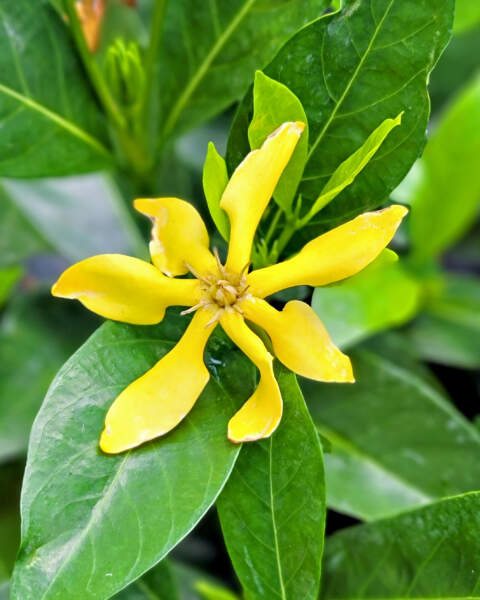
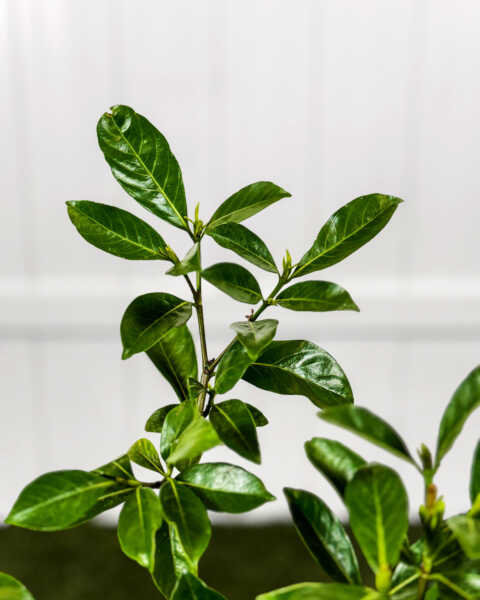

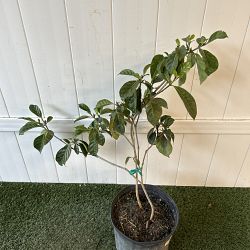
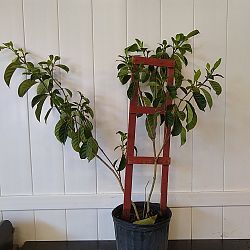
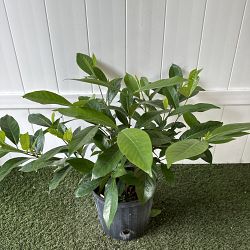
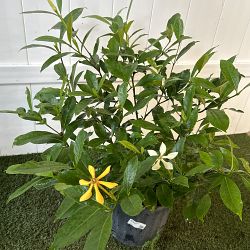
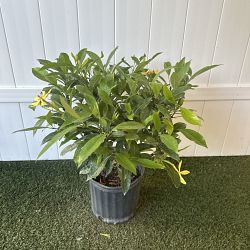

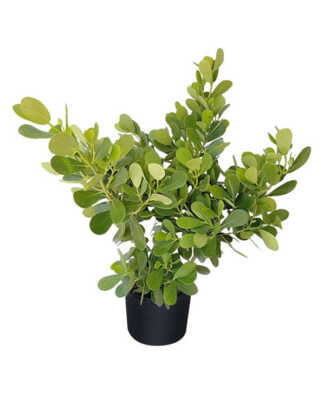
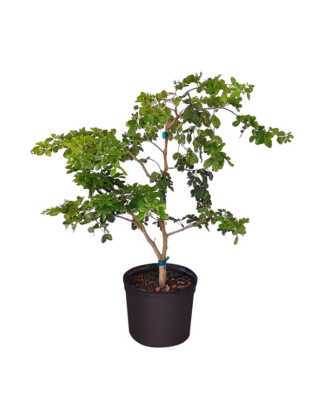
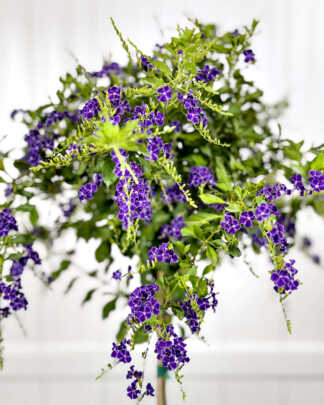
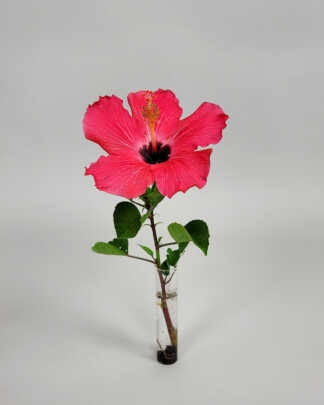
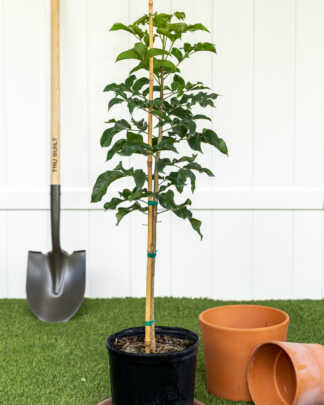


Reviews
There are no reviews yet.